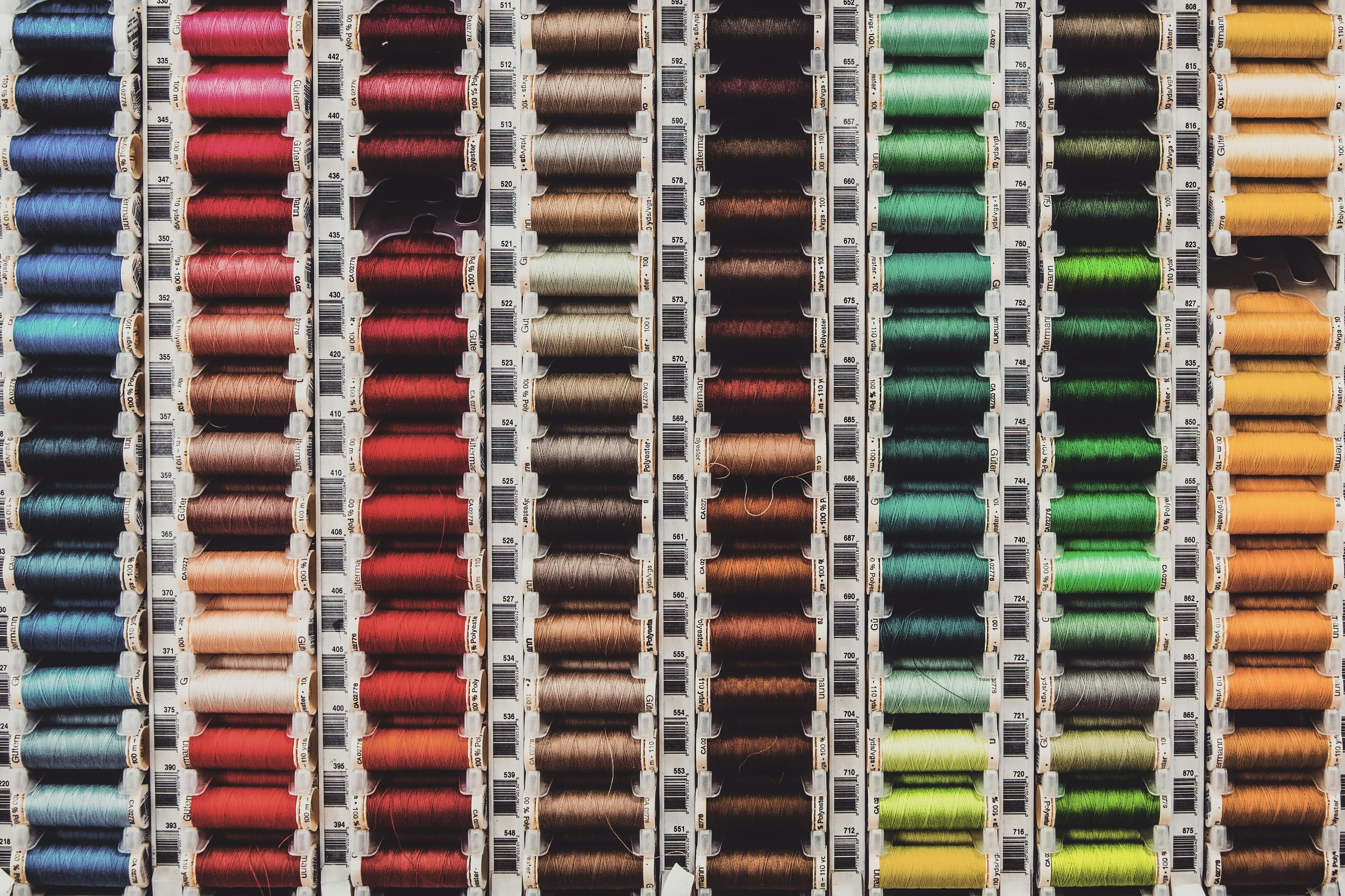Textile Innovations: Materials Reshaping the Fashion Landscape
In the world of fashion, change is a constant. From the silhouettes to the patterns, the industry is known for its ever-evolving nature. But one of the biggest factors that drive this constant change is the materials used. With the emergence of new technologies and innovations, textile materials have been revolutionized, reshaping the fashion landscape in more ways than one.
The Evolution of Textile Innovations
For centuries, the fashion industry has been heavily reliant on natural fibers such as cotton, wool, and silk. However, with the advancement of technology, synthetic fibers like polyester and nylon gained popularity due to their durability and affordability. But as the world became more environmentally conscious, there was a growing demand for sustainable and eco-friendly materials in the fashion industry.
Sustainable Innovations
One of the biggest textile innovations in recent years has been the development of sustainable materials. These are materials that are produced using eco-friendly processes, reducing the negative impact on the environment. From organic cotton to bamboo, these materials are not only better for the planet, but also for the people involved in the production process.
One example of a sustainable innovation is Tencel, a fabric made from wood pulp. The production of Tencel involves a closed-loop process, meaning that the solvent used to turn wood pulp into fibers can be reused, reducing water and energy consumption. This material is not only sustainable but also incredibly soft and versatile, making it a popular choice among fashion designers.
Bio-Based Materials
Another textile innovation that is gaining popularity in the fashion industry is the use of bio-based materials. These are materials that are derived from renewable sources such as plants, instead of petroleum-based materials like polyester. One such material is Pinatex, a leather alternative made from pineapple leaves. This material is not only sustainable but also highly durable and versatile, making it a popular choice for accessories and footwear.
The Impact on the Fashion Landscape
The emergence of new and innovative textiles has had a significant impact on the fashion landscape, not just in terms of sustainability, but also in terms of design and functionality.
Design Possibilities
Textile innovations have opened up a whole new world of design possibilities for fashion designers. With a wide range of sustainable and bio-based materials available, designers can create unique pieces that are not only visually appealing but also environmentally friendly. These materials also offer a more diverse range of textures and finishes, allowing for more experimentation and creativity in the design process.
Functionality and Performance
In addition to design, textile innovations have also enhanced the functionality and performance of fashion items. Sustainable materials like Tencel and bamboo are known for their moisture-wicking and breathability properties, making them ideal for activewear and sportswear. Bio-based materials like Pinatex are also highly durable and water-resistant, making them suitable for outdoor gear and accessories.
The Future of Textile Innovations
The future of textile innovations looks bright, with more and more companies investing in sustainable and bio-based materials. Researchers are also exploring new possibilities with smart textiles, which have the ability to integrate technology into clothing, creating innovative and functional pieces with multiple purposes.
A Shift Towards Sustainability
The rise of sustainable fashion has put a spotlight on the negative impact of the fashion industry on the environment. As a result, more and more fashion brands are incorporating sustainable materials into their collections. This shift towards sustainability not only benefits the planet but also creates a sense of responsibility among consumers, who are becoming more conscious of the materials used in their clothing.
In conclusion, textile innovations have not only reshaped the fashion landscape but also paved the way for a more sustainable and socially responsible industry. With the constant evolution of new materials, the possibilities for innovative and eco-friendly fashion are endless, creating a more vibrant and diverse fashion landscape for years to come.











